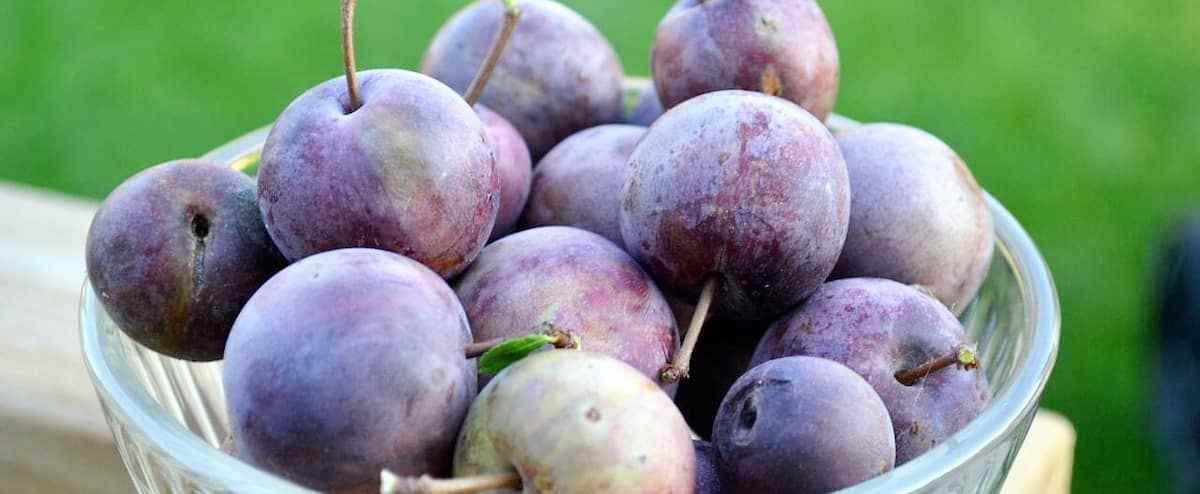Many of you have asked me your horticultural questions by email. Here is a third and final article entirely devoted to the answers to some of your questions.
• Read also: Answers to your questions (part 1)
• Read also: Answers to your questions (part 2)
Q. Since I brought my hibiscus inside my house this fall, it has been infested with small white flies. Is it possible to eliminate them, or do I have to get rid of my plant instead? Thanks for coming to my rescue.
Mme Taschereau
Photo provided by Monrovia Nursery
Hibiscus ‘The Path’
R. When hibiscuses are grown outdoors, they rarely fall prey to insects and disease. A few aphids can sometimes attack them and cause them problems. It is usually in the house that hibiscuses are most easily attacked by insects, especially whiteflies.
The whitefly, commonly called whitefly, is a very small insect measuring 1 to 2 mm in length whose body and wings are covered with a thin layer of whitish wax. There are mainly two species of whiteflies that wreak havoc in our climate, the greenhouse whitefly and the tobacco whitefly.
Very close relative of the aphid, the whitefly takes the sap of several hundred species of plants, particularly indoor tropical plants, such as hibiscus for example. This insect is also the vector of certain viruses.
There are several generations of whiteflies per year. The adult lives about 45 days and lays up to 200 eggs which usually hatch after a dozen days. The ideal temperature for the development of this insect is between 18 and 24°C.
Installing yellow sticky traps can detect the presence of this insect and provide some control. However, if you notice that by shaking the plant, many whiteflies fly away, this obviously means that there is an infestation and that you need to intervene more vigorously.
We must first isolate the affected plant to prevent it from contaminating others. Then quickly cover it with a plastic bag – a bag over dry-cleaned clothes usually does the trick. In this way, the whiteflies cannot escape and can then be eliminated by spraying an insecticidal soap on the plant. Spray on this product with a trigger sprayer every two to three days until the problem is resolved. After each spraying, leave the plastic bag in place for one or two hours. You can also vacuum the foliage of an attacked plant. This way the whiteflies are trapped before they can fly away.
If several of your plants are affected by whiteflies, you may consider using some insect parasitoids such as Encarsia formosa and Eretmocerus eremicus. These micro-wasps, harmless to humans, lay their eggs on whitefly larvae. There is also a species of ladybug called Delphastus catalinae which is particularly effective in controlling whitefly populations.
Q. I heard you can grow ginger in a pot inside the house. Can you please explain to me how to do it?
Mme Dube-Gagnon
Photo courtesy of Bob’s Market and Greenhouses
Pot-grown ginger
R. To grow your own ginger, the technique is quite simple. First, you need to buy a plump rhizome of ginger from a supermarket or health food store. Then plant the rhizome in a large container, 35 to 40 cm in diameter, filled with a potting soil composed of compost and sphagnum peat moss. Be sure to place the rhizome on the surface of the soil, so that its upper part is slightly above the ground.
Planting ginger is best done in spring or early summer, but it can also be done at other times of the year. However, it is important not to leave your ginger outside during the cold season. Once fall arrives, it is therefore imperative to bring your ginger plant into the house and place it in a bright place. Harvesting can be done five to six months later.
Ginger is a tropical plant that loves heat (22 to 25°C) and constant humidity. To prevent it from rotting, however, avoid watering it too much before it has taken root. During this period, watering should then be carried out only when the surface of the soil is dry. You can water more when the stems are well developed, i.e. once or twice a week.
Q. I saw on a fruit tree grower’s website small plum trees called chums. I would like to plant one in my yard. Is this species easy to grow? Is it susceptible to diseases like other types of plum trees?
Mr. Durivaux
Photo courtesy of Alberta Home Gardening
R. There are indeed various cultivars of small fruit trees resulting from hybridizations between the plum tree and the cherry tree. Tasty and very sweet, the fruits produced by these trees are a little larger than cherries and a little smaller than plums. They are called cherry-plums, or buddies (ch-erry + pl-ums) in English.
All hardy to zone 3, ‘Convoy’, ‘Kappa’, ‘Manor’, ‘Opata’ and ‘Sapa’ are the most desirable cultivars. Generally less than 2 meters in height, these small trees or large shrubs are believed to be less susceptible to black knot, a disease that very often affects plum trees.
Cherry plums require humus-rich, light, cool, well-drained soil. Avoid pruning these plants too frequently so as not to promote the spread of disease. In addition, like the majority of other plum cultivars, they are self-sterile, so it is essential that two specimens be planted not far from each other to obtain fruit.



